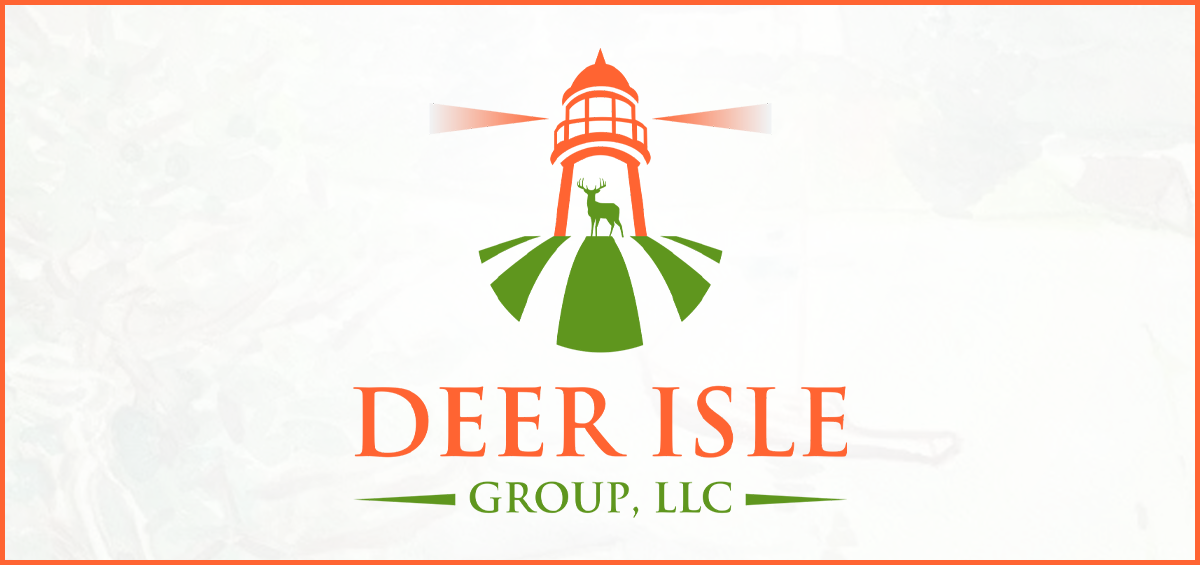DEER ISLE: Insights, Flows & Investment Trends

“AI” Liability – Who Takes the Risk?
As more and more activities are turned over to AI – one of the big questions will be “who assumes the risk for fails in the system?”.
The answer is complex.
Take the case of self-driving vehicles (Tesla being a prime example). Can they ever become truly autonomous? If they do – will the car companies be the ones held liable? The developers of the AI systems if 3rd party systems are part of the system? The “person” who is supposed to be monitoring the system? The government if the system is developed around government supplied systems? Others?
All of these systems are built upon millions of instances, and they cannot make judgements as a person is able to do. This has been demonstrated by the Tesla crashes that have occurred – they have generally occurred when a situation has presented itself where it has not been trained. For instance, when a turned over truck is in the road at a strange angle and the system does not recognize it as an obstacle, so the car runs into the truck. Tesla, at the moment, clearly states that its autonomous systems need to be monitored by the driver (ie: the driver is still responsible for any liabilities).
Tesla has been very successful in China and given the number of vehicles China would be a prime target to continue to train the cars. Elon Musk apparently wanted to enter into an Agreement with the Chinese government to create truly autonomous driving cars there and to monitor the cars there to gain more and more access to the data that is required to continue to train the systems. In this scenario – Tesla was apparently willing to take the liability risk and was going to guarantee all outcomes. It is, however, unlikely that this training will be approved by the Chinese given that the data which would given to Tesla would represent an enormous amount of data about the Chinese people. So, the question remains – will the liability ever switch from a person to the AI provider?
—————————-
Dianna Raedle, Deer Isle’s CEO/Founder and Deer Isle have been engaged to be a fractional CFO to Princeton NuEnergy, an innovative battery recycling company. This is a great recognition of Deer Isle’s Strategic Capital ConsultingTM capabilities where Deer Isle transforms business strategies into capital opportunities. If you or an organization that you know could use this type of support, please let us know – we are happy to help.
Capital Provider Interest: Lender looking to lend for 6 months to 1-year general obligation loans to borrowers with $5 million to $100 million in revenues and a minimum of $1 million EBITDA. Lent amounts can be up to $20 million.
Private Equity: As more and more GPs complete “Continuation Funds” in order to create liquidity as well as to hold onto their prize investments in today’s market conditions, the question becomes – what happens to the rest of the fund since the Continuation fund often contains the investments where valuations have matured the most (recognized alpha) to entice current investors to participate. Usually, it’s important that most current investors participate for the transaction to work. This leaves the existing fund with less mature valuations. It will be interesting to see how the existing funds behave over time without the ballast of the companies that have been taken out of the fund structure and moved into Continuation Funds.
Sponsor: There continues to be robust demand of “A” quality assets. Recently there were 40 submitted LOI’s from interested investors for an “A” quality lower middle market company with a strong management team and steady $5 million in EBITDA. Valuations are very robust for these assets. For lower quality assets – valuations are down up to 30% but it’s hard to tell true valuations since there is very limited activity
Credit: Credit and structuring go together like meat and potatoes. The latest structuring technique that adds more complexity to analyzing credits is “Discount Capture”. Discount Capture is when an issuer can convince Jr debtholders that might have debt trading at 30% to switch the par value of their debt for a discounted amount of more Sr debt (perhaps trade up the capital structure for a value of 50% so an uptick in value of 20%). Everyone “wins”! Jr debt holder now has a more senior piece of debt that has more value than the original Jr piece. And the company has reduced its debt burden. Not so fast on everybody wins. Any debt that was Mez debt between Sr and Jr debt “loses”. There is now more Sr debt ahead of the Mez debt. And, if switch is to pari-passu Sr debt – there is now more Sr debt so Sr position is now less credit-worthy. This structure has been enabled due to covenant light lending that was done in high liquidity conditions where Mez debt lenders did not include restrictive covenants.


